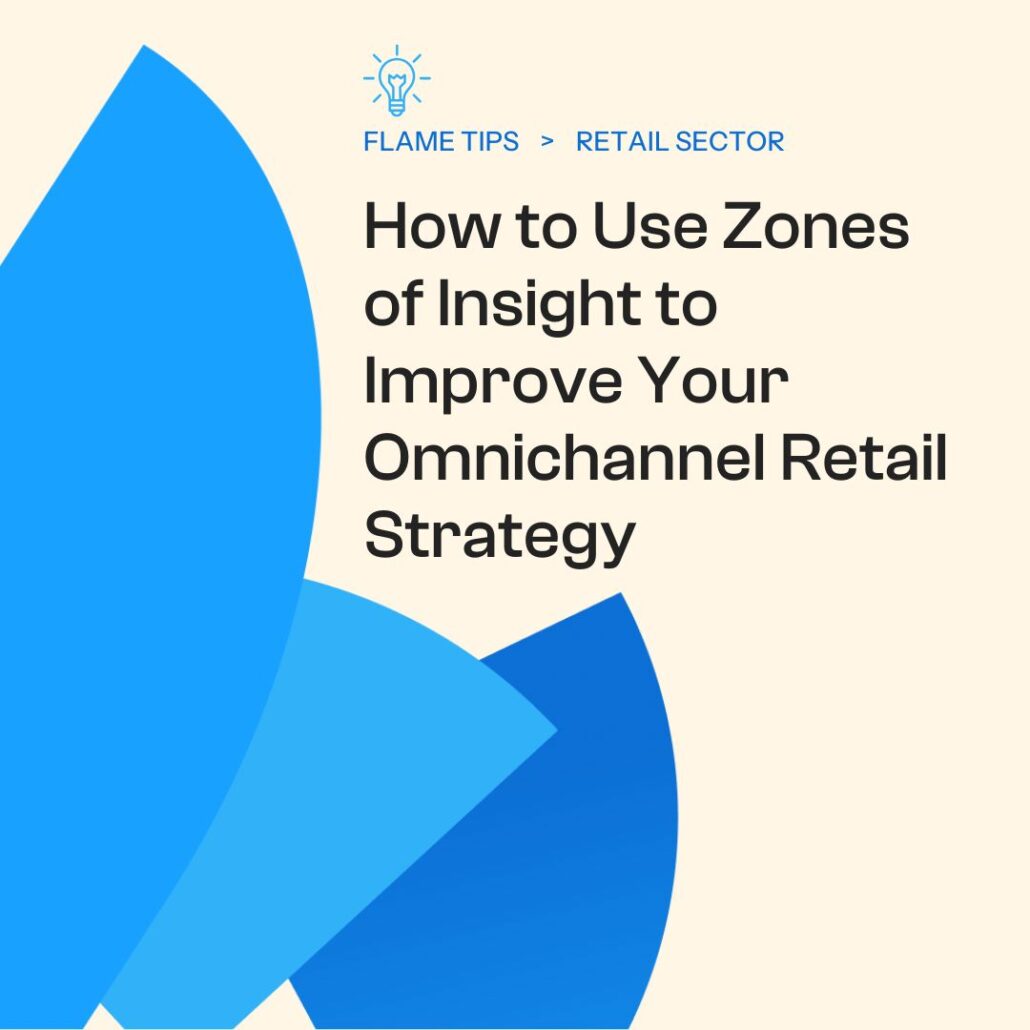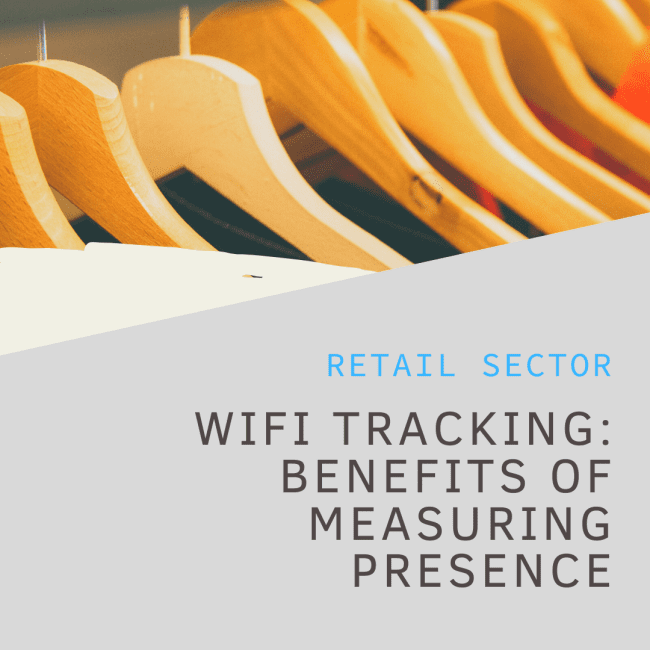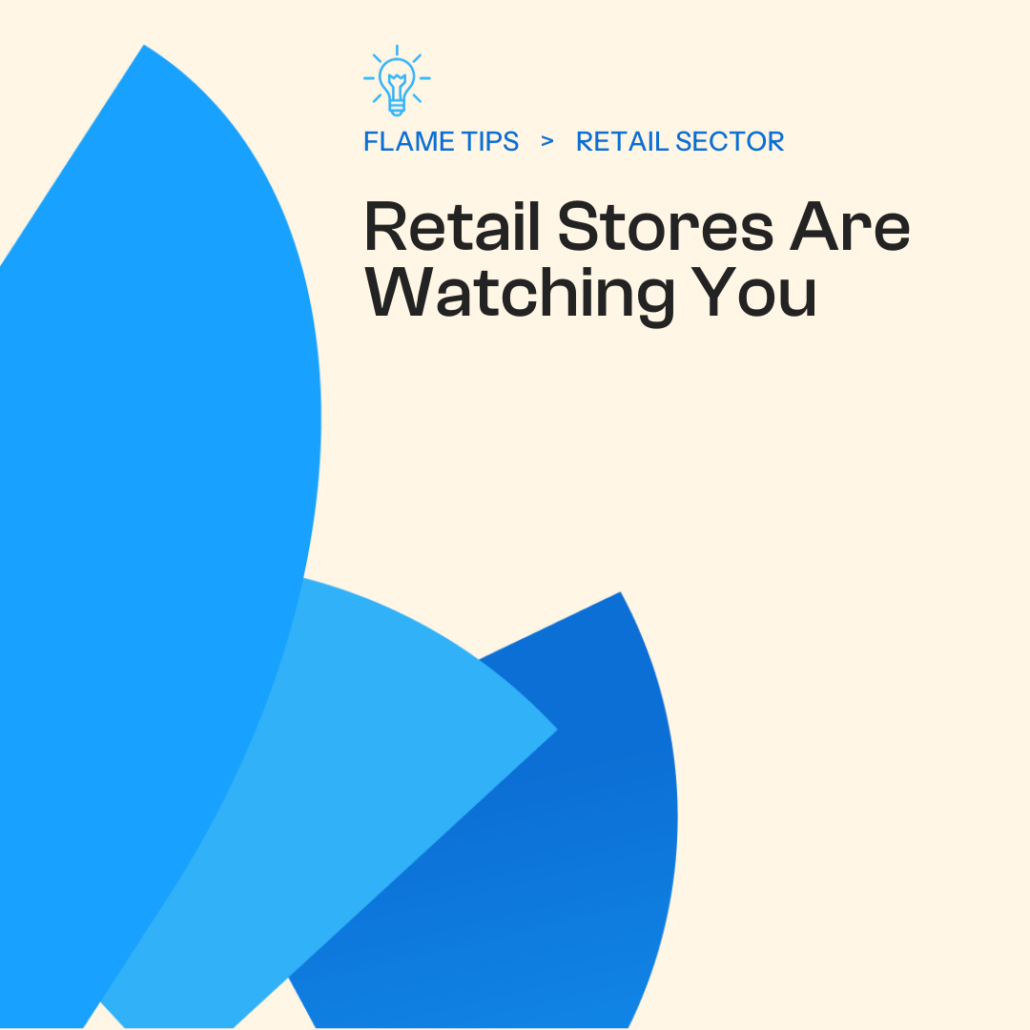There’s no question that the last few years have been enormously challenging for retailers. From pandemic-related shutdowns to global supply chain crises to soaring inflation rates, retailers have been forced to navigate a host of formidable obstacles. Today, however, the world seems to be entering, at last, a post-pandemic recovery phase.
But how do retailers learn not only to recover but to thrive in the new normal? The answer may well lie in an omnichannel strategy built on diverse zones of insight. This article discusses how you can put such an approach to work for your retail business.
What Is an Omnichannel Strategy and Why Does It Matter?
Simply put, an omnichannel strategy is an approach to both marketing and operations that ensures an exceptional customer experience at all points of engagement and across all sales and marketing channels, from the virtual storefront to the brick and mortar shop to the pop-up kiosk.
Given the inevitable complexity of an omnichannel strategy, it’s essential for business leaders to deploy an approach to data management that mitigates the harmful impacts of data silos. Silos are a ubiquitous problem faced by small mom-and-pop operations and large, complex multinationals alike. They involve often debilitating disruptions to the free, efficient, and effective flow of actionable information throughout an organization.
Generally, data silos occur at the departmental, divisional, and organizational levels. They often arise not only between departments within an organization but also between the organization and its partners and stakeholders. When silos occur, employees and decision-makers find themselves deprived of some or all of the information they need to make sound decisions and/or perform their work effectively.
Strong data management prevents the emergence of damaging data silos through a strategy of data management that deliberately collects, analyzes, and consolidates data from all relevant channels in order to define and implement data-driven business processes.
Data Collection
In order to execute an effective omnichannel strategy, it’s important to understand which zones of insight are relevant for your marketing and operations. For instance, in the retail sector, data regarding consumer behavior, both online and offline, are critical to defining product, marketing, and service strategies that will draw customers’ interest and, ultimately, win their loyalty.
Consumer behavior analytics can be derived from a host of sources. This should include, at a minimum, internal sales, customer, and marketing data, competitor data, and market trends and forecasts.
Analyzing Data
Once you understand which particular zones of insight are relevant for your purposes and you have collected data from each of these zones, you can then begin to analyze the information.
However, because this comprehensive approach requires you to tap into multiple and often prolific data sources, the amount of information you can find yourself left with may quickly become overwhelming. This is why the first and perhaps most important step in your data analysis is to prioritize and categorize your data.
A Venn diagram can be especially helpful in this process because when you find that certain data points are overlapping, emerging from several zones and not merely one or two, that is a good indication that the information is important and relevant and should therefore be given a very high priority when it comes to your strategic planning processes.
Brainstorming and Strategizing
Once you have gathered, ranked, classified, and analyzed the data from multiple zones of insight, it’s now time to brainstorm ideas for transforming those insights into actionable business strategies. For example, your data may reveal that your target customers prefer to be able to browse products and complete purchases across diverse platforms, from physical points of sale in brick-and-mortar stores to virtual storefronts that can be accessed by computer, smartphone, or tablet.
Fundamentally, your goal is to harness the insights derived from such a diverse and comprehensive data pool to formulate and execute an omnichannel marketing strategy that is equally diverse and comprehensive. The result is a saturated marketing approach that truly finds your customers whoever and wherever they are and whatever they may do, need, want, or expect.
The Takeaway
The retail industry has always been highly competitive and profoundly challenging, but the environment in which retailers operate today is particularly formidable. However, drawing from multiple zones of insight to devise a truly timely, evidence-based omnichannel business strategy can help retailers gain a profound competitive advantage in this critical phase of recovery and growth.







